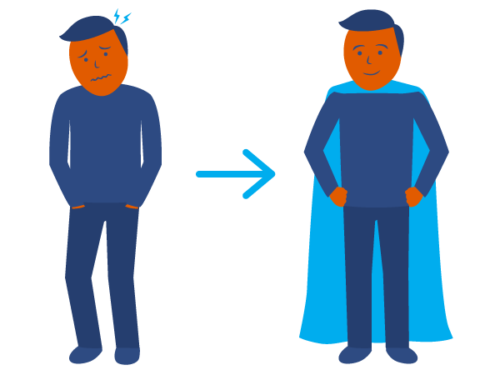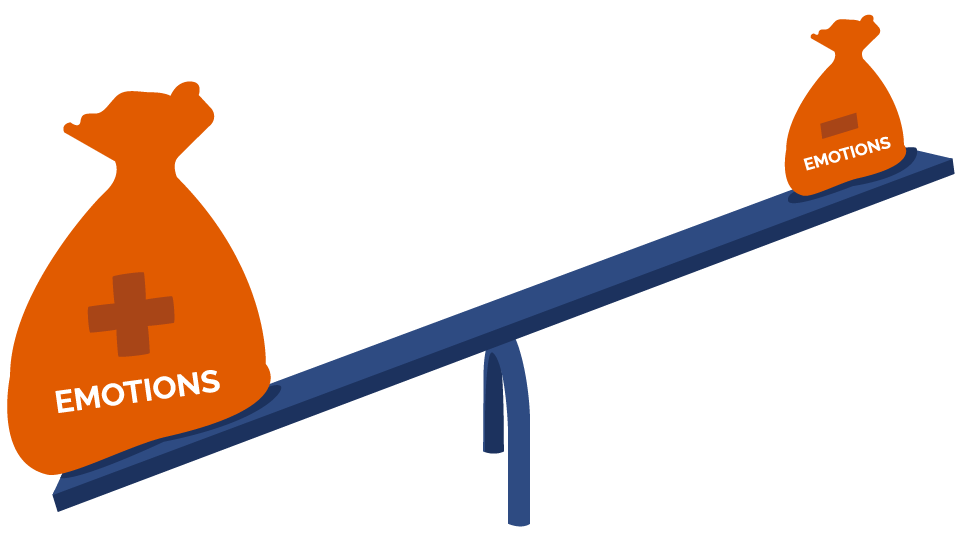Over time, our broadened vision and the other positive effects of happiness grow. There is, as doctors say, a dosage effect or, more accurately, a tipping point. All our accumulated moments of being able to see the forest and the trees—and of increased learning and creativity and connection with others—change who we are as people. Our better social skills over time build our relationships with others in ways that bring us new opportunities. Our increased motivation and self-discipline make us more productive, which can build greater mastery and success in our efforts. Fredrickson calls this the “broaden and build” effect of positive emotions. Happiness broadens our perception in the moment and builds our resources over time. It becomes an upward spiral of productivity and positivity.
This positive emotion tipping point is a psychological law just as the temperature tipping point at which ice melts into water is determined by a physical law. People whose ratios of positive to negative emotions are lower than 3:1 often “languish,” as researchers call it. Their performance at work suffers, they are more likely to be depressed (and not recover), their marriages are more likely to fail— and they aren’t happy. Their behavior becomes predictable to psychologists, and not in a good way. Languishing people become rigid. They tend to feel burdened by life.
“Happiness broadens our perception in the moment and builds our resources over time.” Share on X
Fortunately, something remarkable often happens when our ratio of positive to negative feelings hits or passes that 3:1 mark. We flourish. These flourishing people, who make up only 17 percent of the American adult population, are happier and more resilient. They are high-functioning individuals who score well on things such as self-acceptance, purpose in life, environmental mastery, positive relationships with others, personal growth, creativity, and openness. They feel good and they do good. They are highly engaged with their friends, their work, their families, and their communities.

We want to be happy both at home and at work, of course. But, at risk of being repetitive, happiness is key to how well we do at work. Happier people are 31% more productive. They have, on average, 37% better sales figures. They tend to hold higher paying and more secure jobs, and they are less likely to experience burn-out or lose their jobs.
This post is from a series about flourishing from the “Science of Finding Flow,” an online course I created as a companion to my book The Sweet Spot: How to Accomplish More by Doing Less. Want to go on to the next class or start the course from the beginning? It’s free! Just go to The Science of Finding Flow course page. Enjoy!

